Sri Lanka is a paradise for wildlife lovers, offering some of the best safari experiences outside Africa. The island is home to an incredible range of animals, including leopards, elephants, sloth bears, and several species of reptiles and birds. In fact, Sri Lanka has its own “Big Five”: the leopard, elephant, sloth bear, blue whale, and sperm whale. You can spot these remarkable animals across the island’s national parks and marine areas, making it a top destination for nature enthusiasts.
Birdwatchers, too, will find Sri Lanka fascinating. The country is known as a “birdwatcher’s paradise,” hosting nearly 400 bird species, of which 34 are unique to the island. The diversity of habitats—from rainforests and wetlands to coastal areas and highland plains—supports a wide range of birds, including the colorful Sri Lanka blue magpie, the red-faced malkoha, and the rare Sri Lanka scaly thrush. Migratory birds also make seasonal visits to Sri Lanka, adding to the diversity and excitement of birdwatching here.
Sri Lanka’s landscapes are rich in flora as well. The island is covered with lush forests, mangroves, and scrublands, where you’ll find exotic plants, beautiful wildflowers, and ancient trees. The rainforests are particularly rich in plant species, many of which are endemic to the island. The Sinharaja Rainforest, a UNESCO World Heritage Site, is known for its high biodiversity and is one of the best places to see rare plants and animals in their natural environment. Another unique landscape, Horton Plains National Park, offers grasslands and cloud forests that are home to unique species like the purple-faced leaf monkey and the Sambar deer.
National parks like Yala, Wilpattu, and Udawalawe are ideal for seeing larger mammals and birds, while marine parks like Pigeon Island are perfect for underwater adventures, where you can spot colorful coral reefs and a variety of fish species. The blend of rich flora, fauna, and unique landscapes makes Sri Lanka a must-visit for anyone interested in experiencing the natural world.
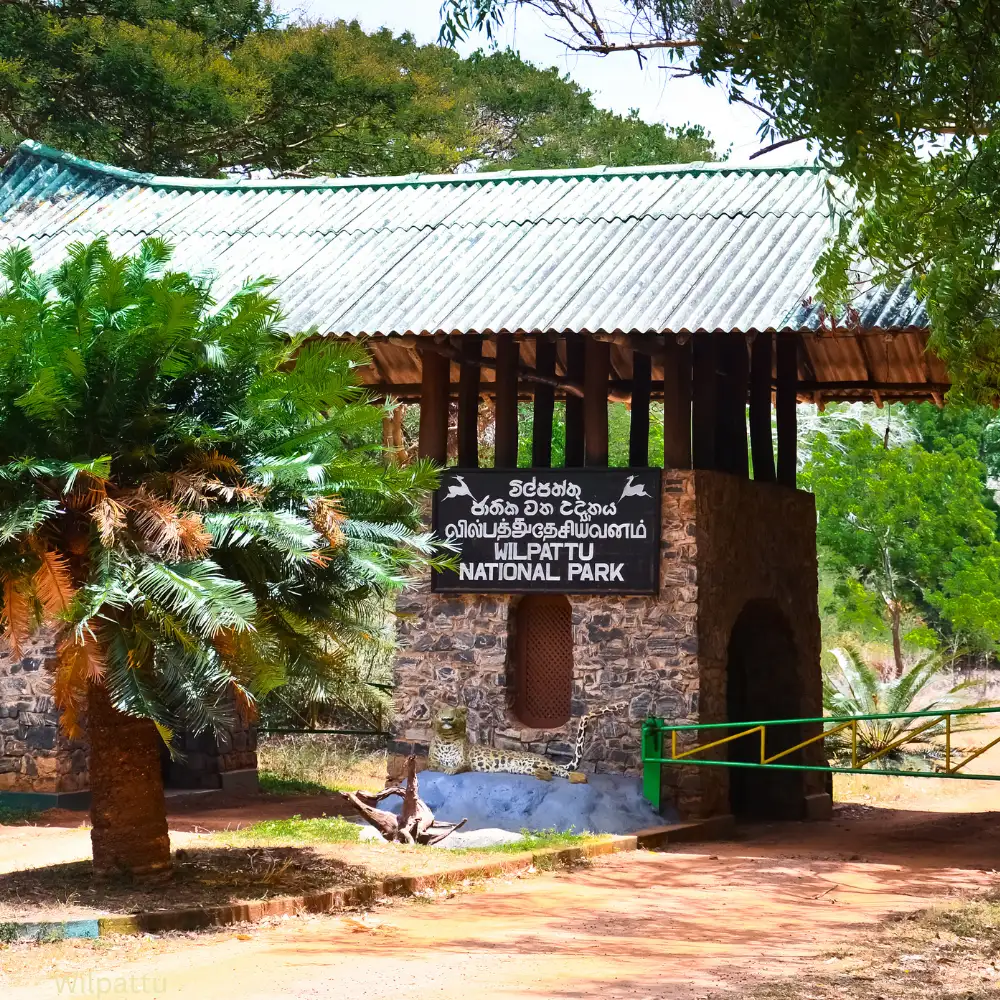
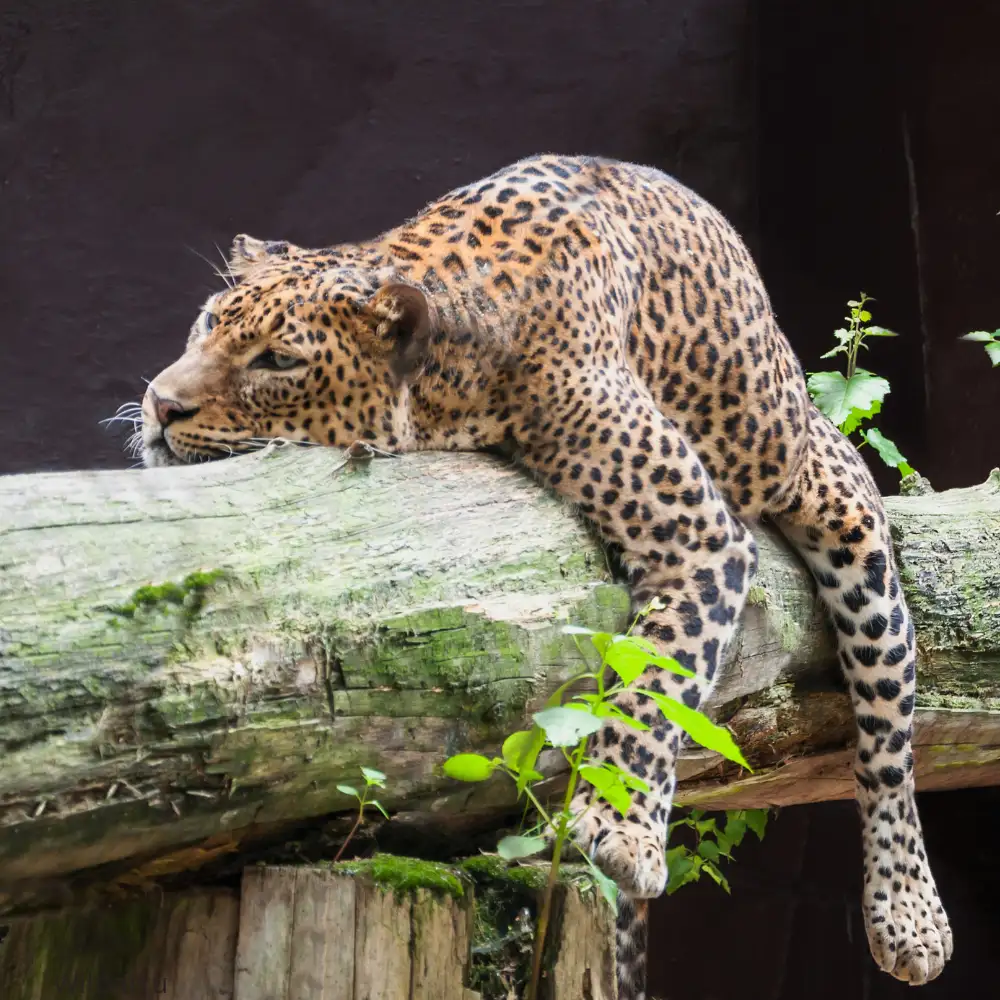
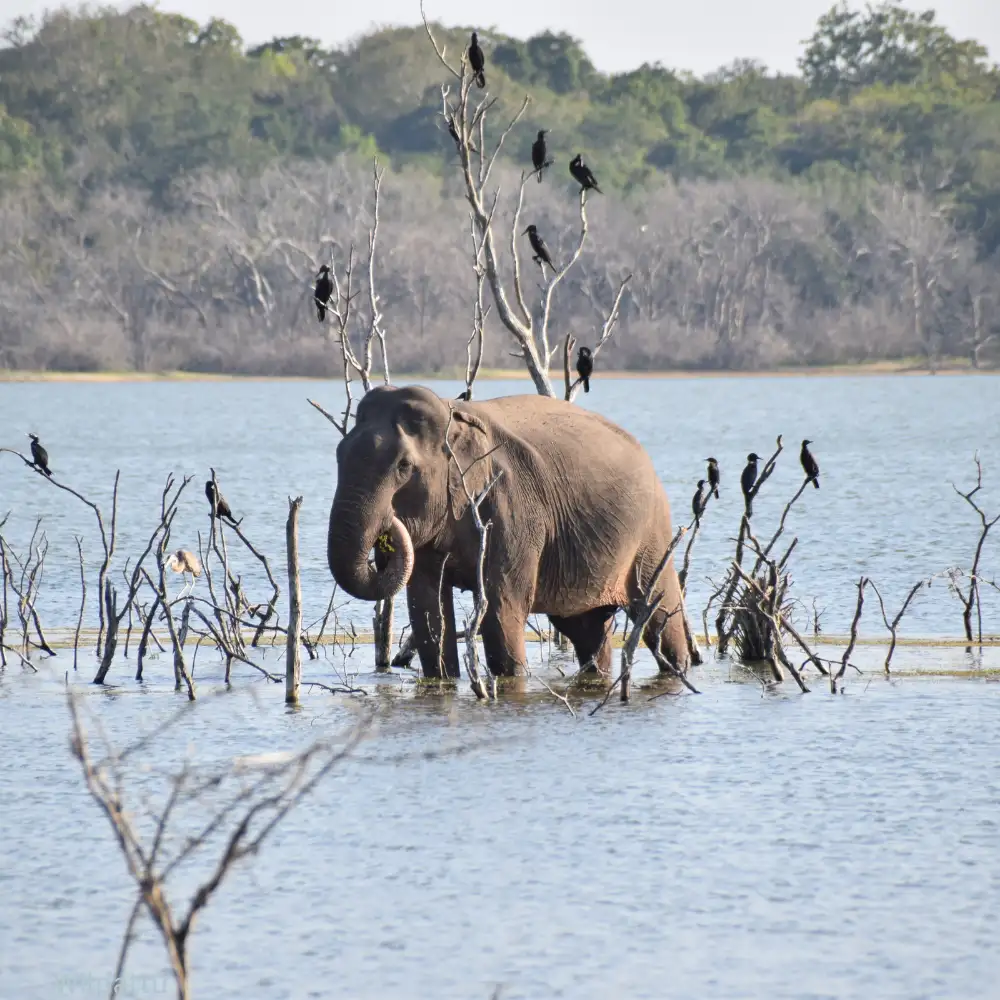
Wilpattu National Park, the largest national park in Sri Lanka, is a top destination for spotting wildlife in their natural habitat. Located in the northwest of the island, about 180 km from Colombo, Wilpattu covers over 1,300 square kilometers and features a unique mix of landscapes. It has thick jungle, open grassy plains, a stretch of beautiful coastline, and over 40 natural lakes called "villus." These villus are shallow, natural lakes that fill with rainwater and attract animals looking for water, making them excellent spots for wildlife viewing.
Wilpattu is famous for its sightings of elephants, leopards, and the elusive sloth bear, making it an exciting place for a safari. With one of the highest leopard populations in Sri Lanka, Wilpattu is one of the best places to see these incredible big cats in the wild. Besides leopards, the park is also home to large herds of elephants, which roam the park’s grassy plains and jungle areas.
Visitors to Wilpattu can also spot sloth bears, which are rarely seen in other parks. These shaggy-coated bears are often seen foraging for food and are one of the park's main highlights. Other animals you might encounter include the sambar deer, known for their large, sturdy antlers, and the smaller, spotted deer, which can be seen grazing in groups around the villus.
In addition to these large mammals, Wilpattu is home to jackals, which are often heard calling to each other at dusk, as well as crocodiles lurking around the villus. These lakes provide a critical water source for the park's many animals and are an ideal spot for visitors to observe wildlife.
Wilpattu is also a great place for birdwatching, with many resident and migratory birds visiting the park. Bird species such as the painted stork, Sri Lankan junglefowl, and various species of eagles and owls can be spotted here.
With its rich mix of landscapes and diverse wildlife, Wilpattu National Park is a must-visit for anyone interested in Sri Lanka's incredible wildlife and natural beauty. The combination of leopards, elephants, and rare sloth bears makes it one of the most thrilling wildlife destinations in the country.
Yala National Park is the most famous wildlife park in Sri Lanka, drawing both locals and tourists. Located in the southeast, Yala is one of the best places in the world to spot leopards due to its high density of these majestic cats. The park spans over 978 square kilometers and is divided into five blocks, but only Blocks I and II are open for visitors. Established as a wildlife sanctuary in 1900, Yala became a national park in 1938, playing a key role in preserving the island’s unique wildlife and habitats.
Visitors to Yala have the chance to see not only leopards but also a wide variety of other animals. Sri Lankan elephants are a highlight here, and they are frequently seen roaming through the park in herds. Sloth bears, although more elusive, can also be spotted, along with sambar deer, spotted deer, and jackals. The park is home to a variety of reptiles, including crocodiles that can often be seen basking along the waterways.
Yala's landscape is as diverse as its wildlife. It features dry forests, open grasslands, and wetlands, creating ideal habitats for many animals. The park’s lagoons and marshes attract a wide range of bird species, making it a favorite spot for birdwatchers. Yala is known for its aquatic bird populations, including pelicans, painted storks, and flamingos, adding a vibrant splash of color to the park’s natural beauty.
The best time to visit Yala is during the dry season, from February to July, when water levels are low, and animals gather around water sources, making wildlife sightings more frequent. Jeep safaris in Yala provide a thrilling way to explore the park, offering a closer look at the rich biodiversity and stunning landscapes.
With its incredible variety of animals and picturesque scenery, Yala National Park is a must-visit destination for anyone looking to experience Sri Lanka’s wild side. The park is a testament to Sri Lanka’s commitment to wildlife conservation and offers visitors a glimpse into the island's natural beauty and biodiversity.
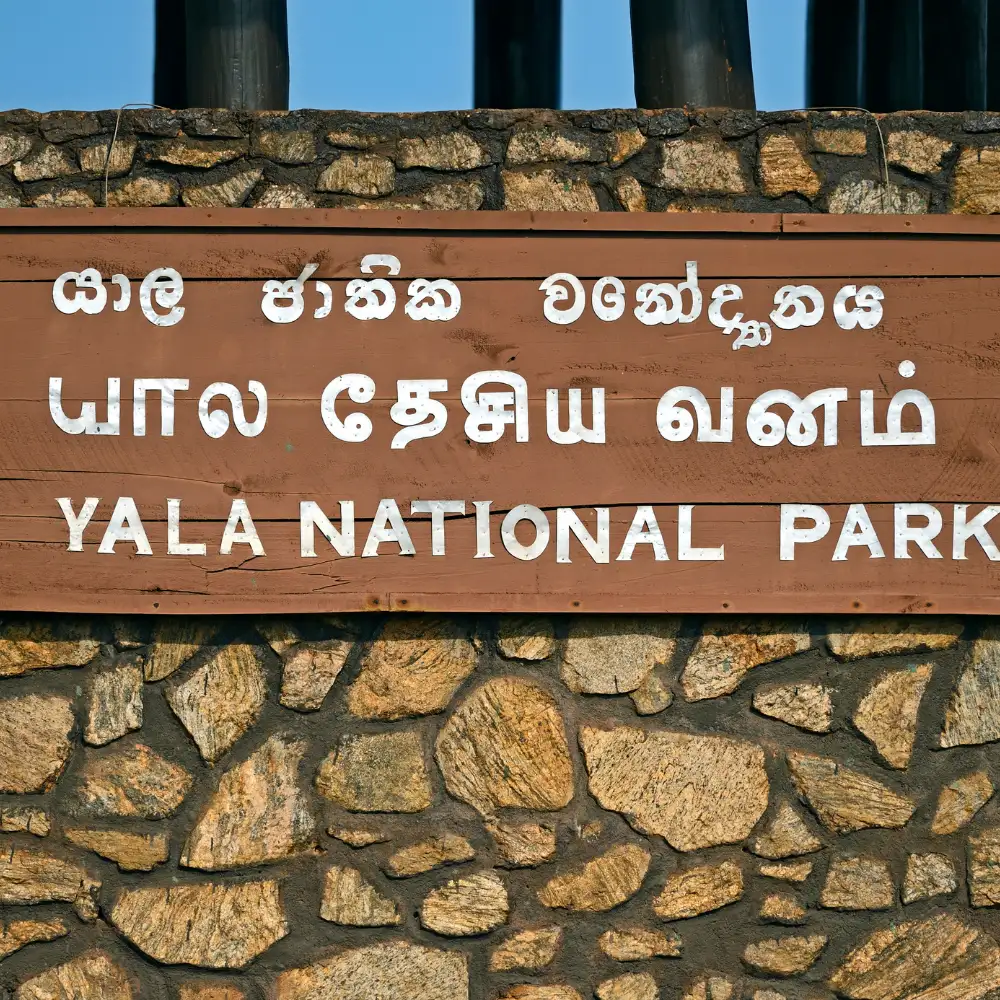
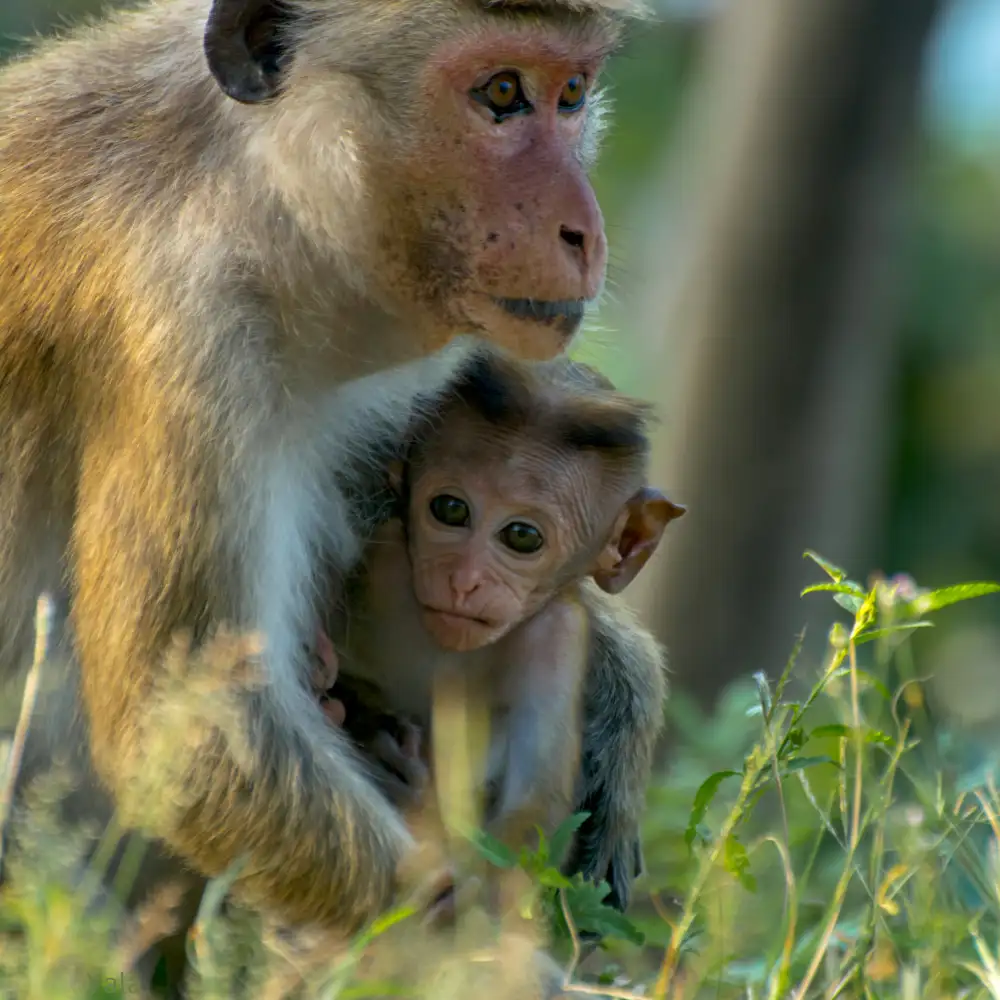
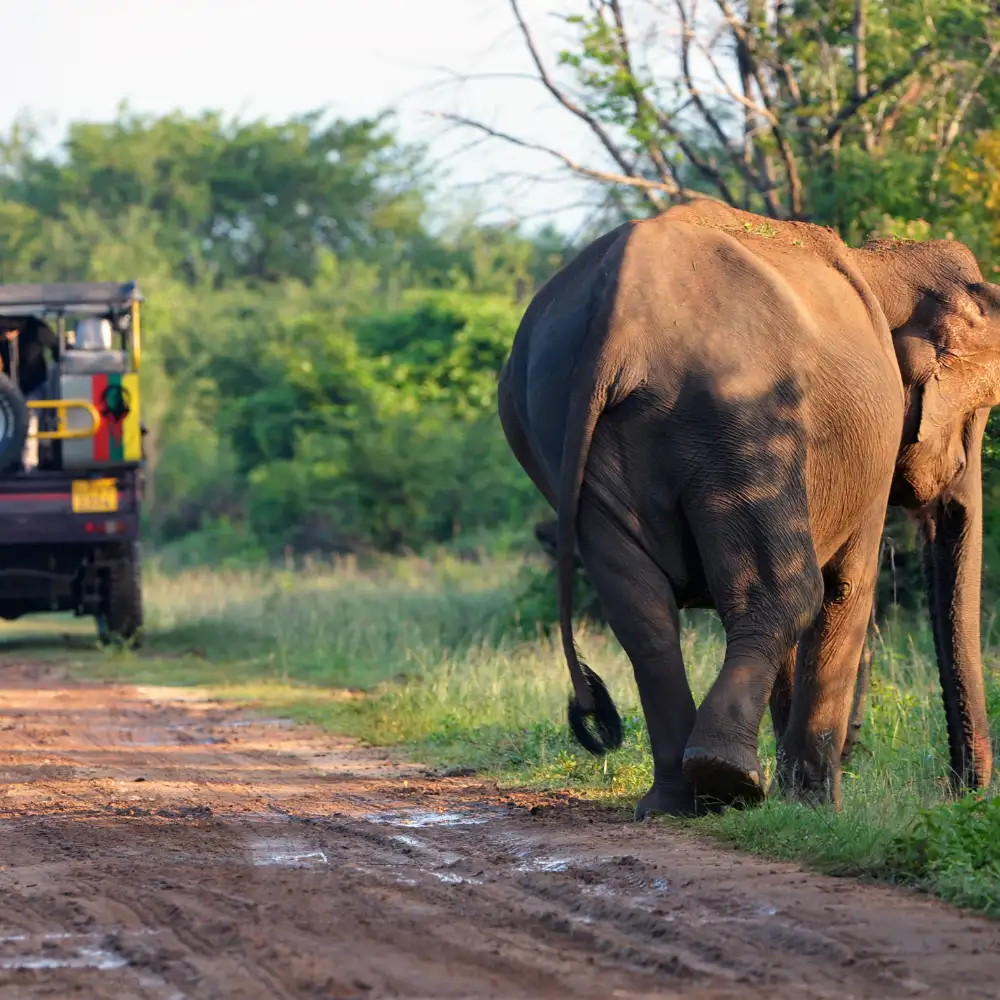
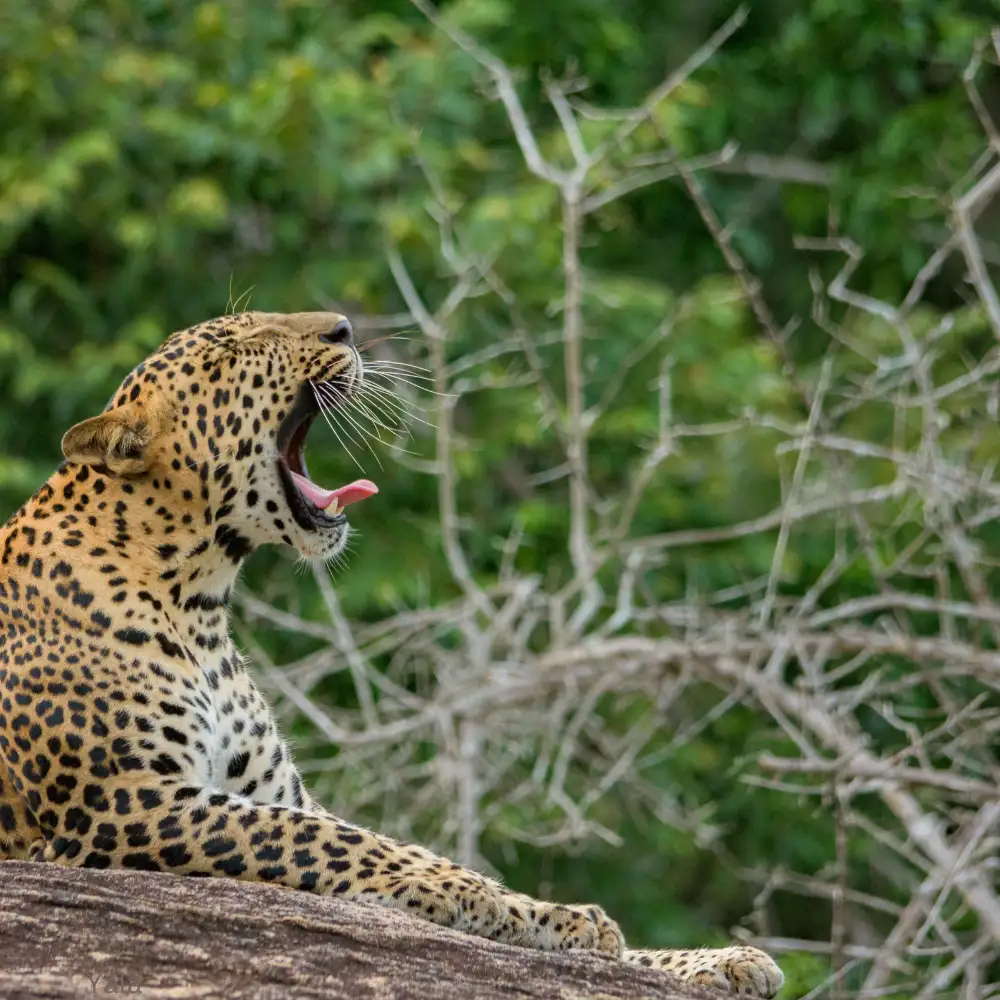
Horton Plains National Park, located in the central highlands of Sri Lanka, is a unique cloud forest that stands out for its breathtaking landscapes and rich biodiversity. Often compared to the Scottish Highlands due to its cool, wet climate and windswept terrain, the park sits more than 2,000 meters above sea level, making it the highest plateau on the island. The park's terrain consists of rolling grasslands, thick cloud forests, rocky outcrops, and stunning waterfalls, creating a haven for nature lovers.
One of the most popular attractions in Horton Plains is "World's End," a dramatic cliff that offers visitors panoramic views across the southeastern part of Sri Lanka. On a clear day, you can see for miles, making it a must-visit for hikers and photographers. However, the park's true treasure lies in its rich biodiversity. Horton Plains is home to many endemic species of birds, including the Sri Lanka Whistling Thrush, Ceylon White-Eye, and Yellow-Eared Bulbul, making it a paradise for birdwatchers. Spotting these rare birds in their natural habitat is a highlight for anyone visiting the park.
The park is also home to a variety of fauna and flora, including the Sambar Deer, Purple-Faced Langur, and unique plant species found only in this region. Exploring Horton Plains is not only about taking in the scenic views but also about connecting with the rare and delicate ecosystems that thrive in this highland cloud forest. For anyone visiting Sri Lanka, Horton Plains offers an unforgettable experience of natural beauty and wildlife.
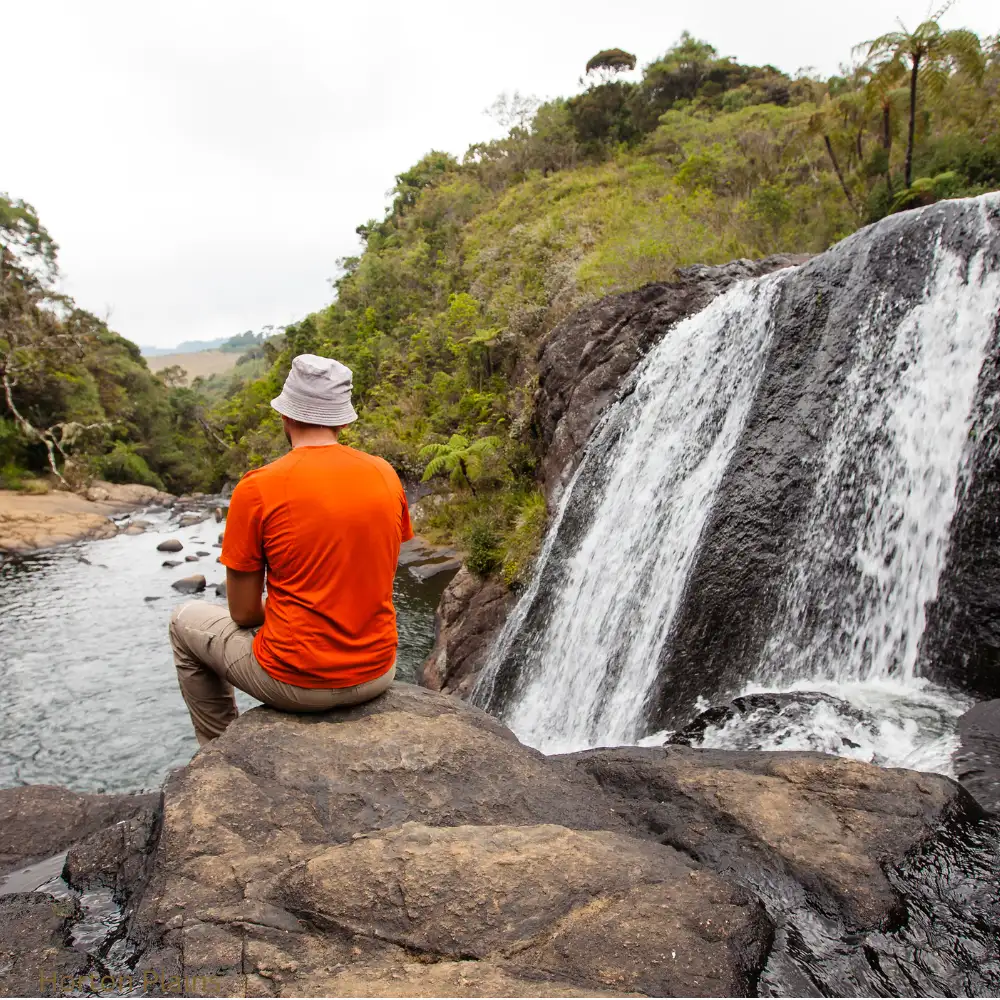
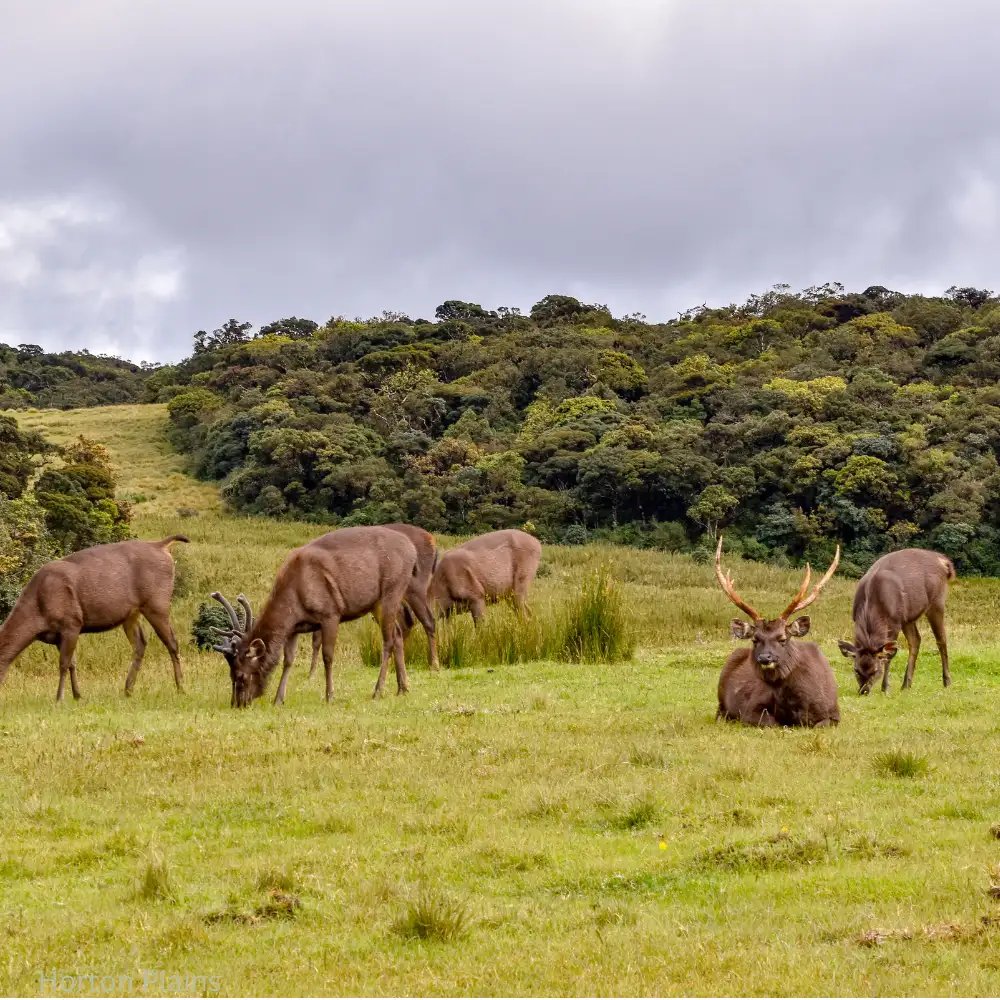
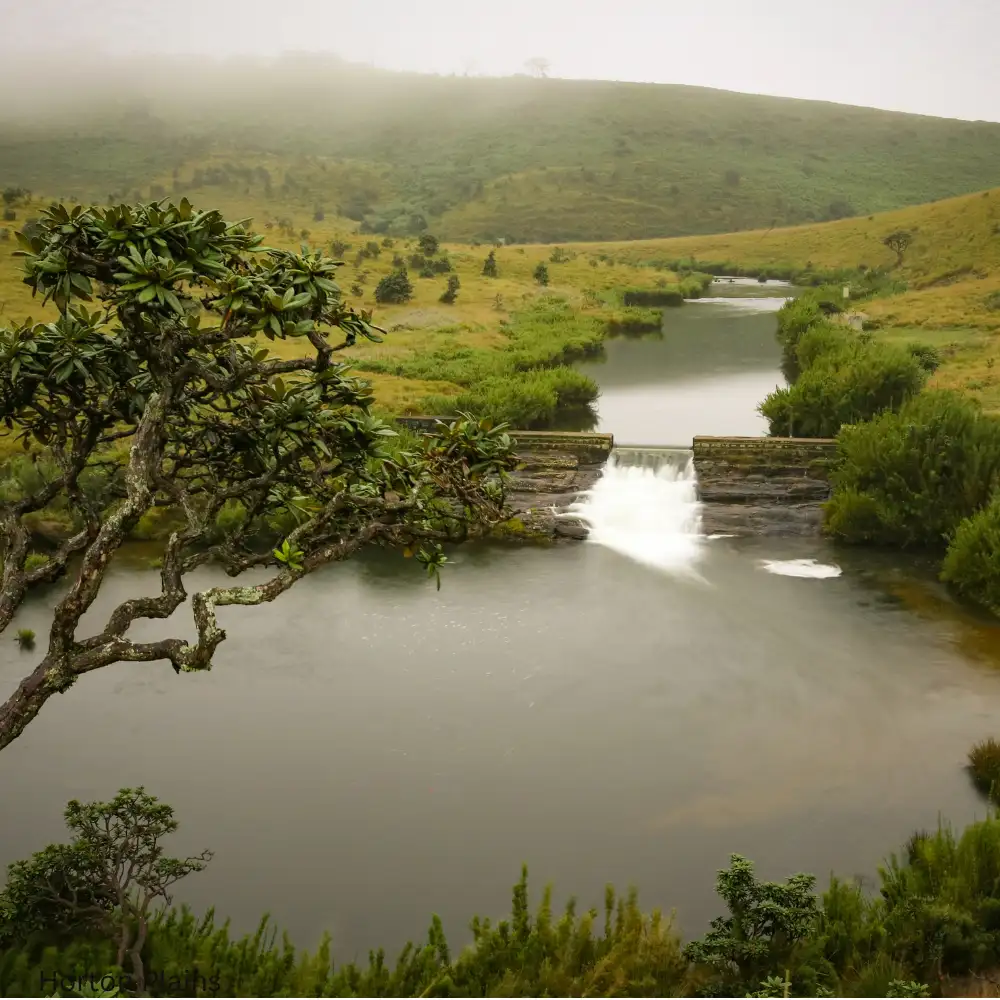
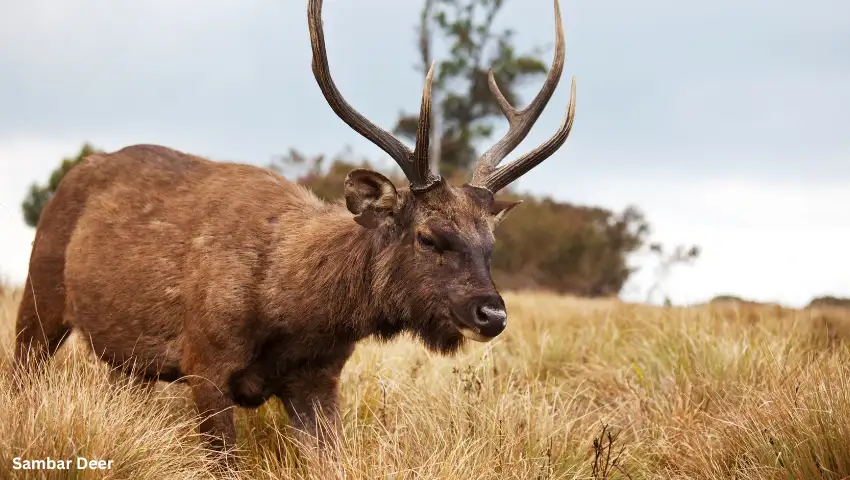
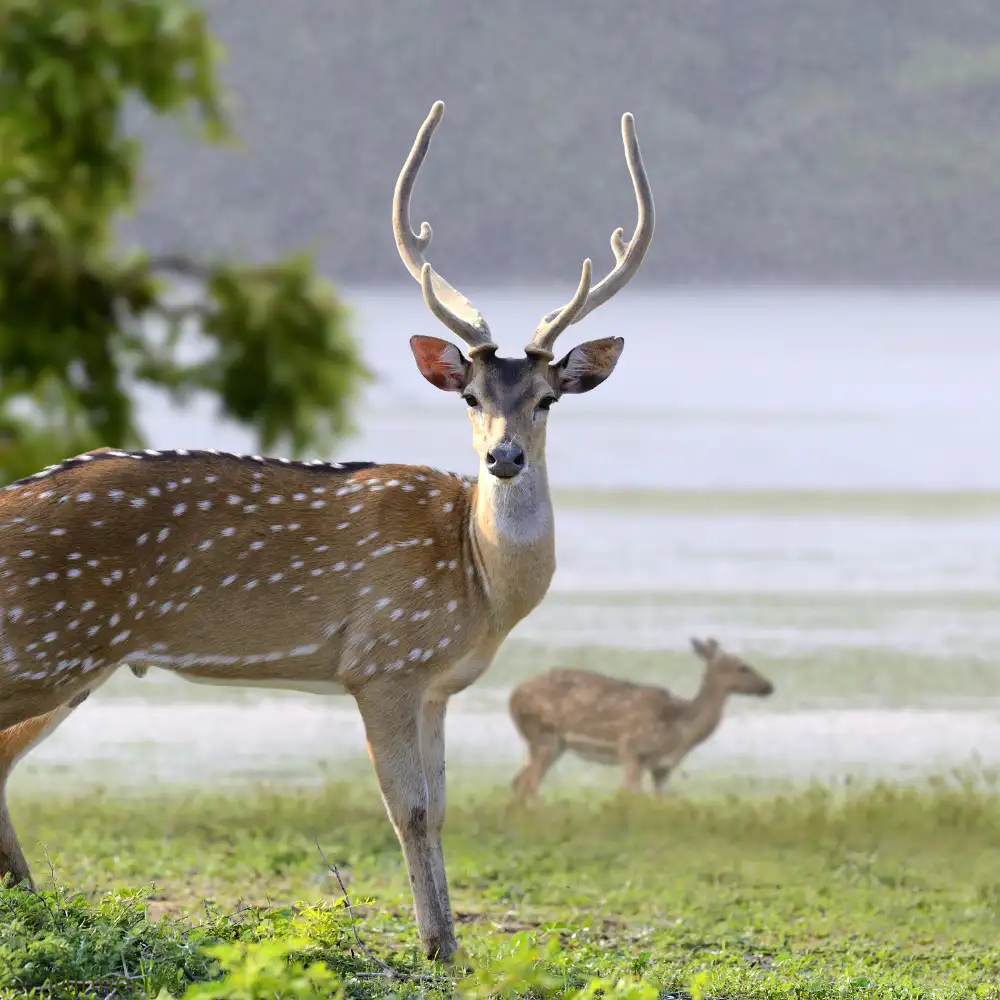
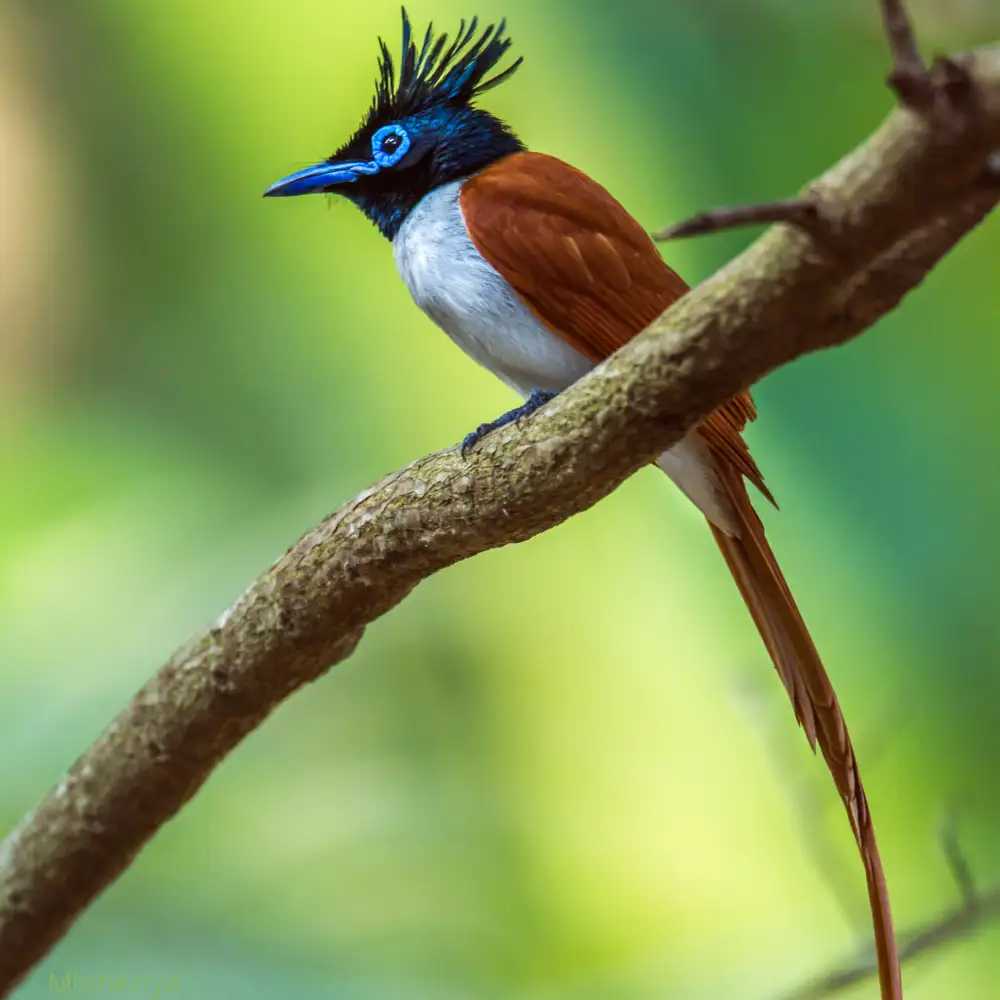
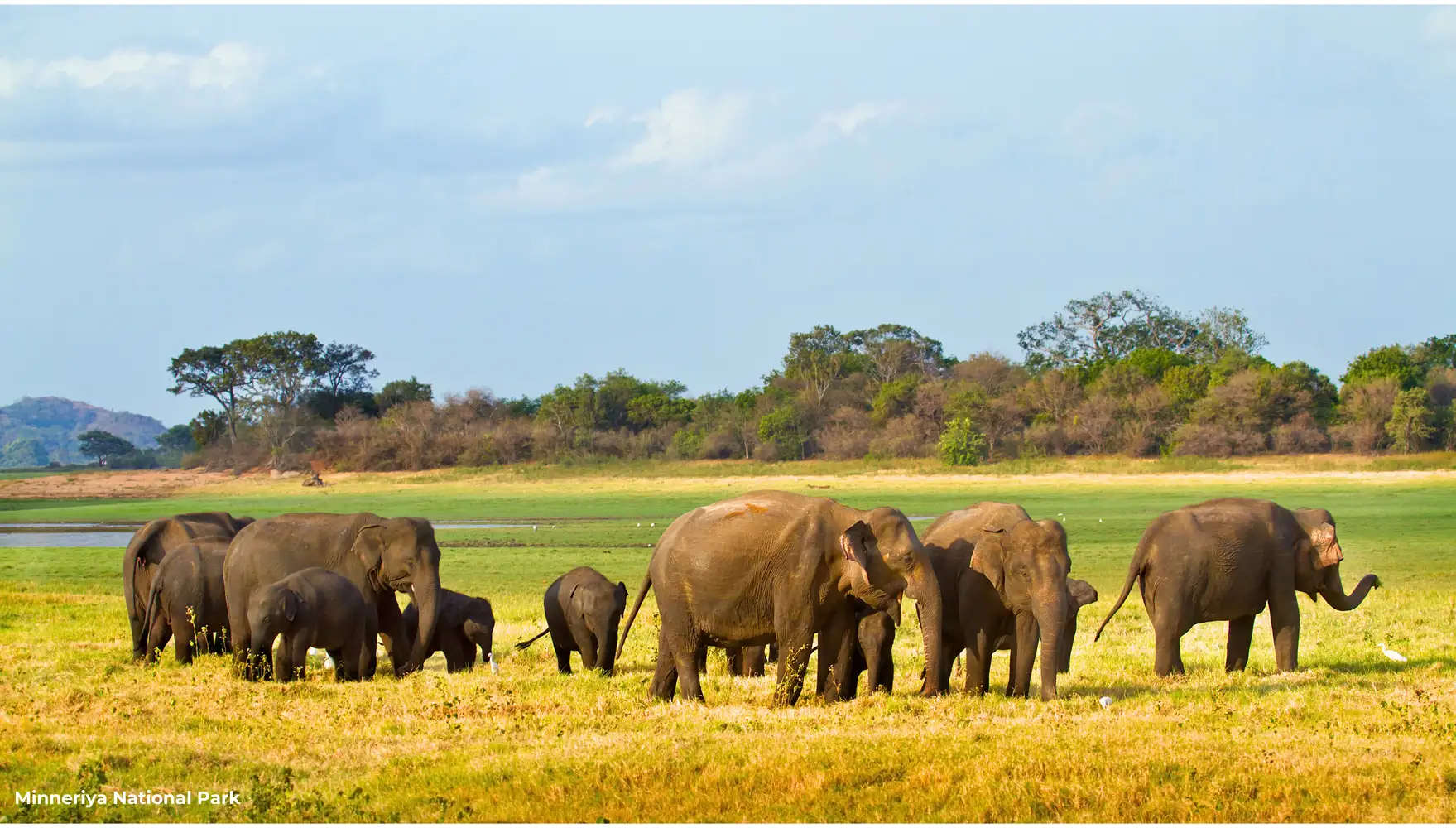
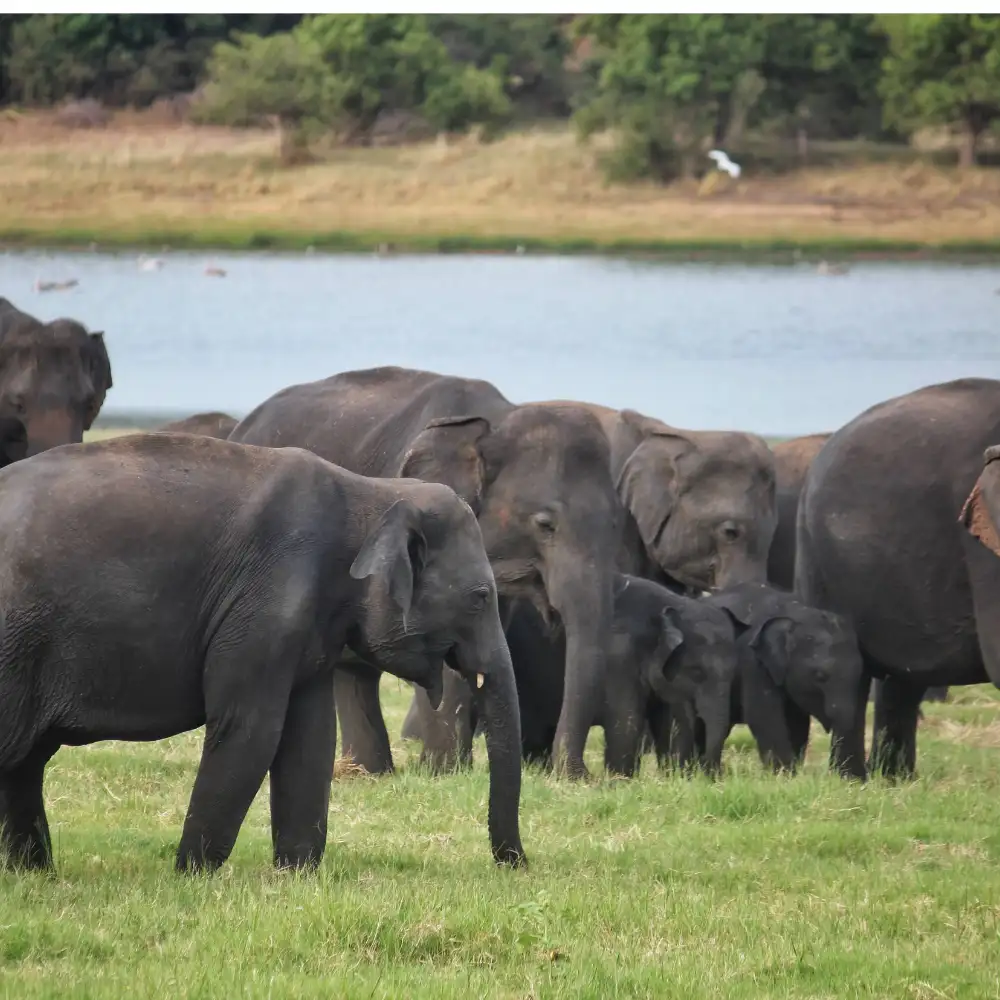
Minneriya, Kaudulla, and Hurulu Eco Park are three amazing, interconnected national parks in Sri Lanka. Together, they create a unique area for wildlife, especially elephants, to roam freely through "elephant corridors" linking each park. These corridors are safe passages that allow elephants to travel between the parks, helping them find food, water, and shelter throughout the year.
During the dry season, usually from August to October, these parks become the setting for one of the world's greatest wildlife events — "The Gathering." As water dries up in other areas, large numbers of elephants gather around the Minneriya Reservoir. This natural gathering can bring together as many as 300 elephants at one time, making it the largest known gathering of Asian elephants in the world. Watching herds of elephants, including playful calves and towering adults, is an unforgettable experience for anyone visiting.
Each of these parks is home to more than just elephants. You can spot other animals such as sambar deer, spotted deer, and even leopards if you’re lucky. There are also many bird species, crocodiles, and other wildlife that thrive in these areas. The combination of lush greenery, open plains, and water bodies in Minneriya, Kaudulla, and Hurulu Eco Park makes them must-visit destinations for anyone who wants to see Sri Lanka’s incredible wildlife up close.
Udawalawe National Park, established in 1972, is one of Sri Lanka’s best places to see wild elephants in their natural habitat. Located in the dry zone of southern Sri Lanka, it was created to protect the land around the large Udawalawe Reservoir, which provides water to the region. The park's landscape is a mix of scrub jungle, open grasslands, and old teak plantations, offering a unique environment for wildlife.
Elephants are the main attraction, with around 500 roaming freely. Visitors can easily spot these gentle giants grazing in the grasslands or near the reservoir. The park is also home to the Elephant Transit Home, a rehabilitation center for orphaned calves. Watching these young elephants being fed and prepared for life in the wild is a heartwarming experience that highlights the park’s conservation efforts.
Beyond elephants, Udawalawe hosts a variety of wildlife, including water buffalo, sambar deer, and even leopards and sloth bears for the lucky few. Birdwatchers will love the park’s over 180 bird species, including eagles and hawks. With its rich biodiversity and stunning landscapes, Udawalawe offers a memorable safari experience, making it a top destination for nature lovers and wildlife enthusiasts in Sri Lanka.

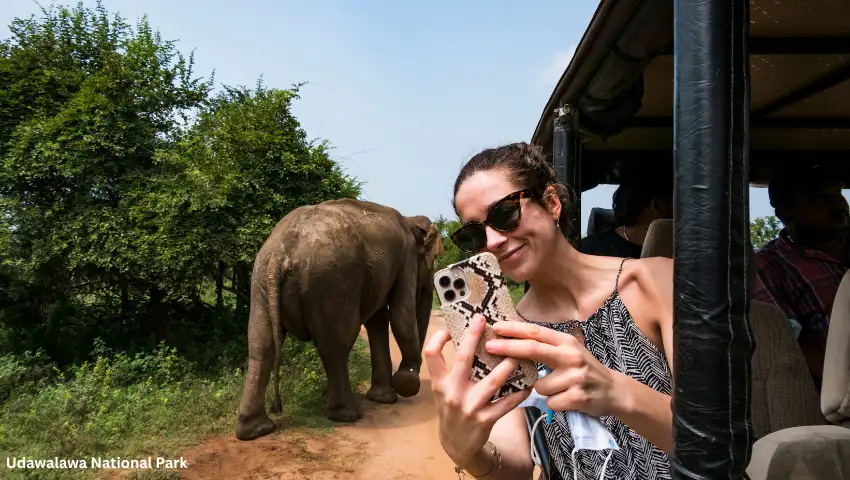
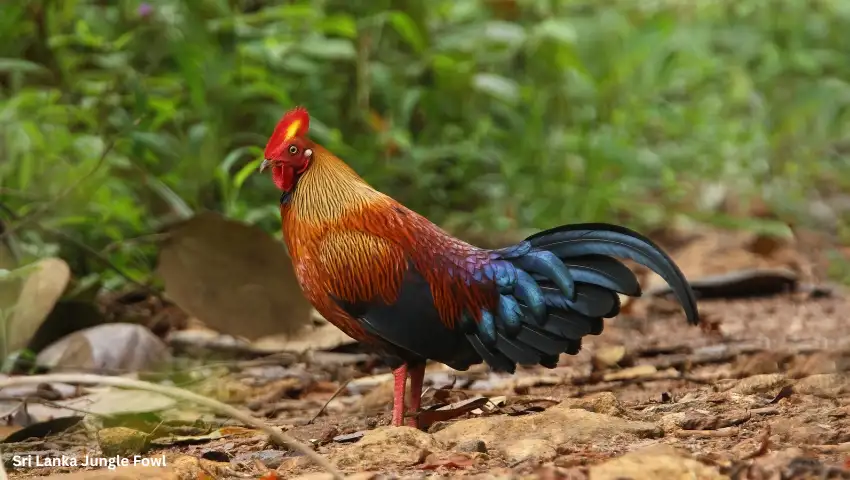
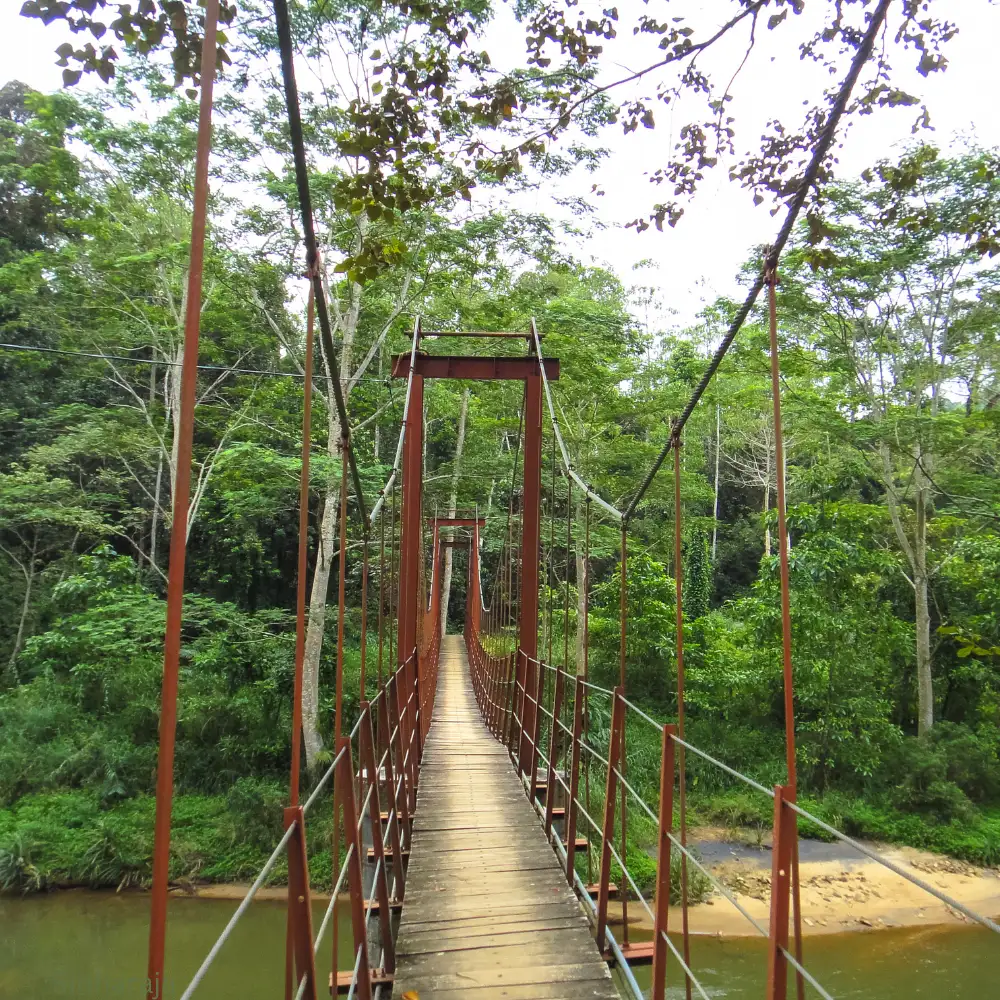
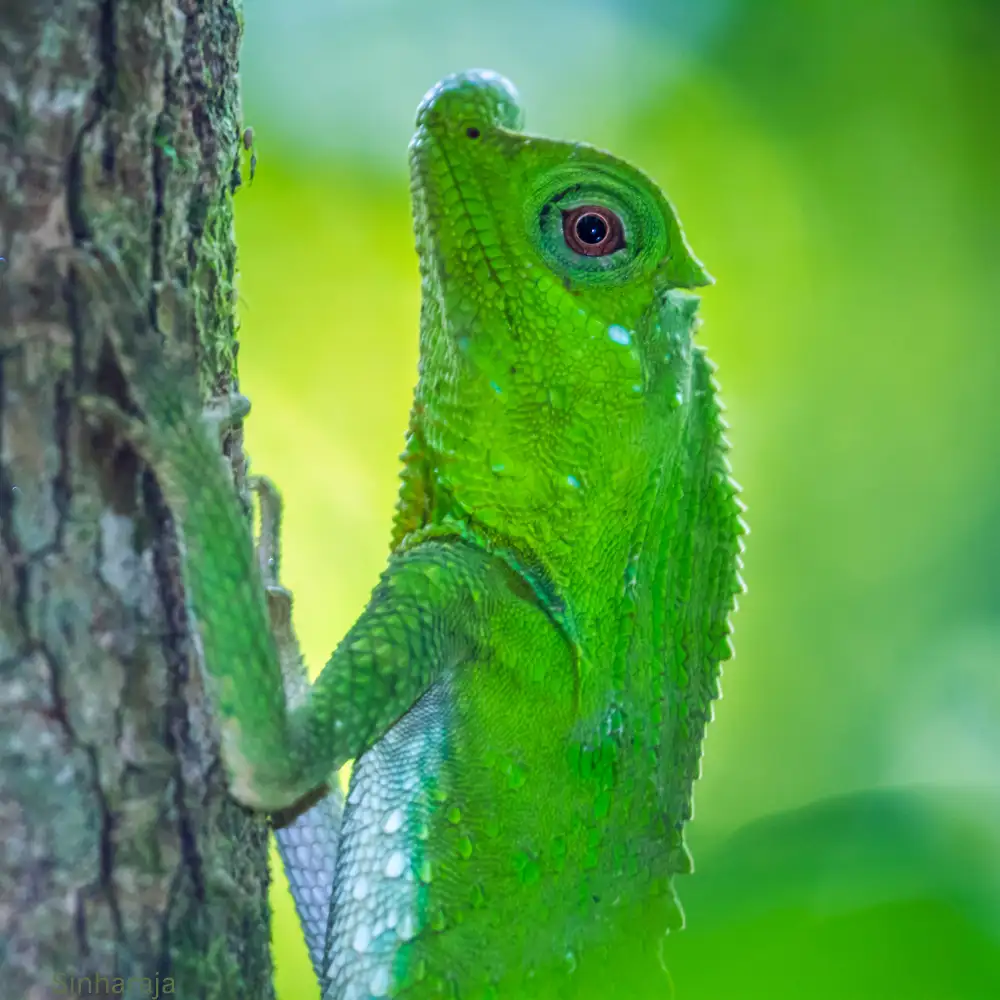
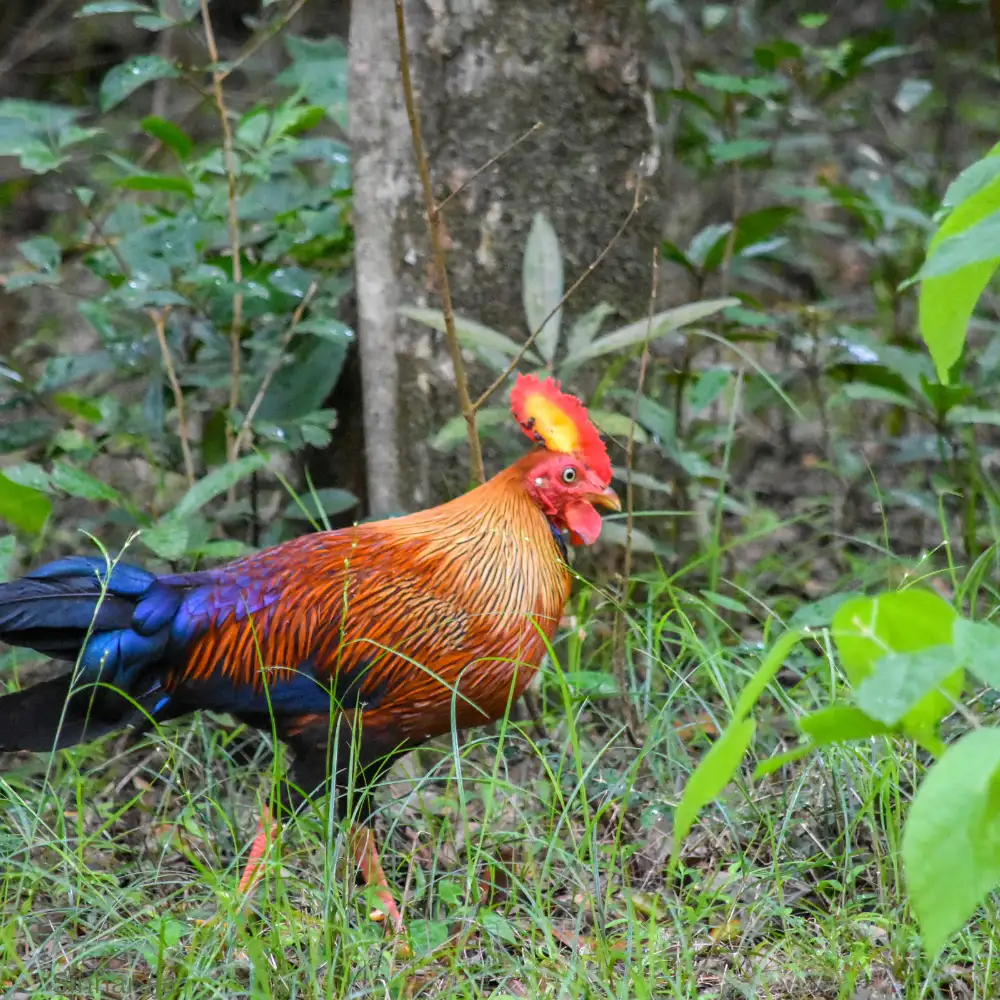
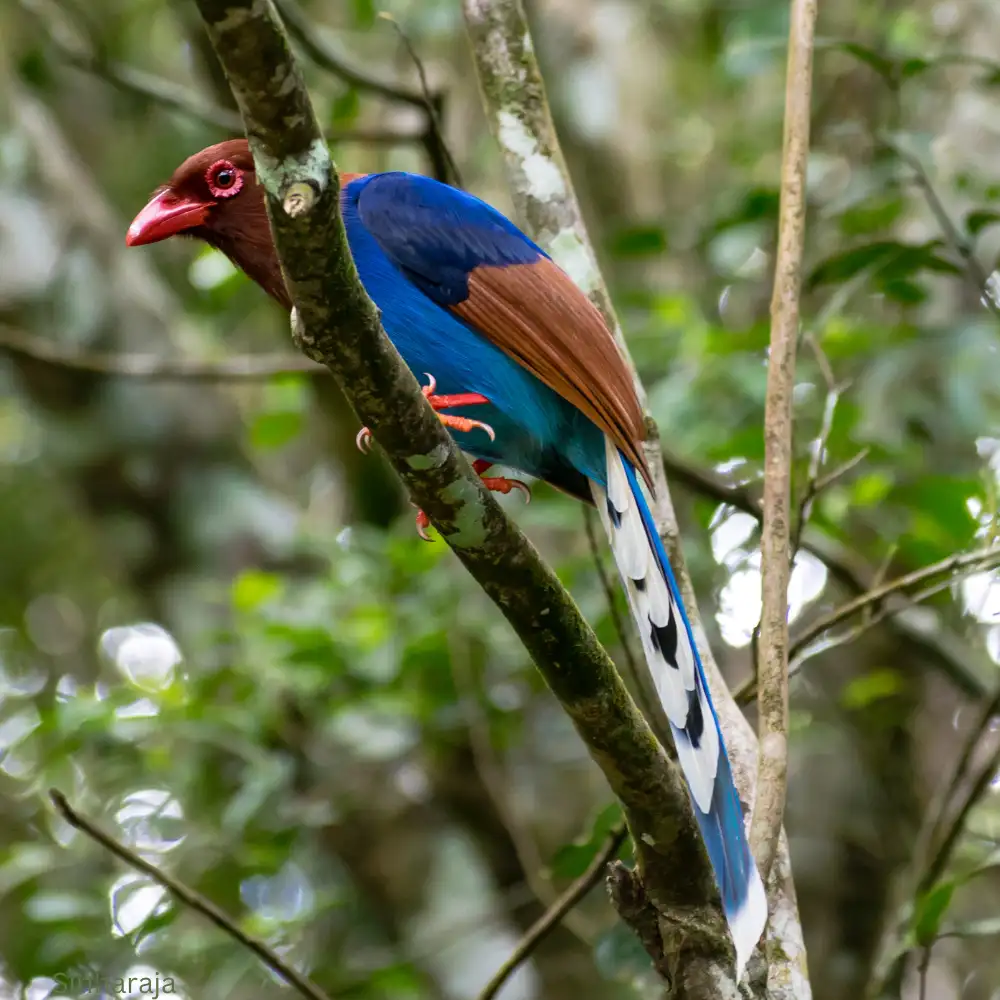
Sinharaja Rainforest, the largest untouched rainforest in Sri Lanka, is a treasure of natural beauty and biodiversity. Recognized as a UNESCO World Heritage Site in 1989, Sinharaja is a must-visit for anyone interested in exploring the wonders of nature. The rainforest receives heavy rainfall, around 600 mm annually, creating a warm and humid climate perfect for diverse species to thrive.
This ancient forest is home to many plants and animals that can only be found in Sri Lanka. Nearly 60% of the trees in Sinharaja are unique to the island, and the forest is famous for its birdlife, with 21% of Sri Lanka’s bird species found here. Birdwatchers can spot rare species like the Sri Lanka Blue Magpie, Red-faced Malkoha, and the Green-billed Coucal, making Sinharaja a top spot for birdwatching.
Beyond birds, Sinharaja’s floor is alive with a variety of rare butterflies, reptiles, and amphibians. The rough-horned lizard, unique to this region, is often seen camouflaged among the leaf litter. Mammals such as the giant squirrel, Sri Lanka’s national animal, and the purple-faced leaf monkey are also common sights. These animals live peacefully in the dense forest, giving visitors an up-close experience of Sri Lanka’s rich wildlife.
Sinharaja is also a living lab for plant life. Many plants used in traditional Sri Lankan medicine are found here, alongside ferns, orchids, and other tropical flora that create the rainforest’s lush, green environment. The towering trees, thick vines, and rushing streams make it feel like a true jungle adventure, providing an unforgettable experience of Sri Lanka’s natural heritage.
Visiting Sinharaja is not just a walk in the woods; it’s an exploration of one of the world’s last remaining tropical rainforests. Whether you’re interested in hiking, spotting rare wildlife, or simply soaking in the beauty of the forest, Sinharaja offers a fascinating glimpse into the incredible biodiversity of Sri Lanka.
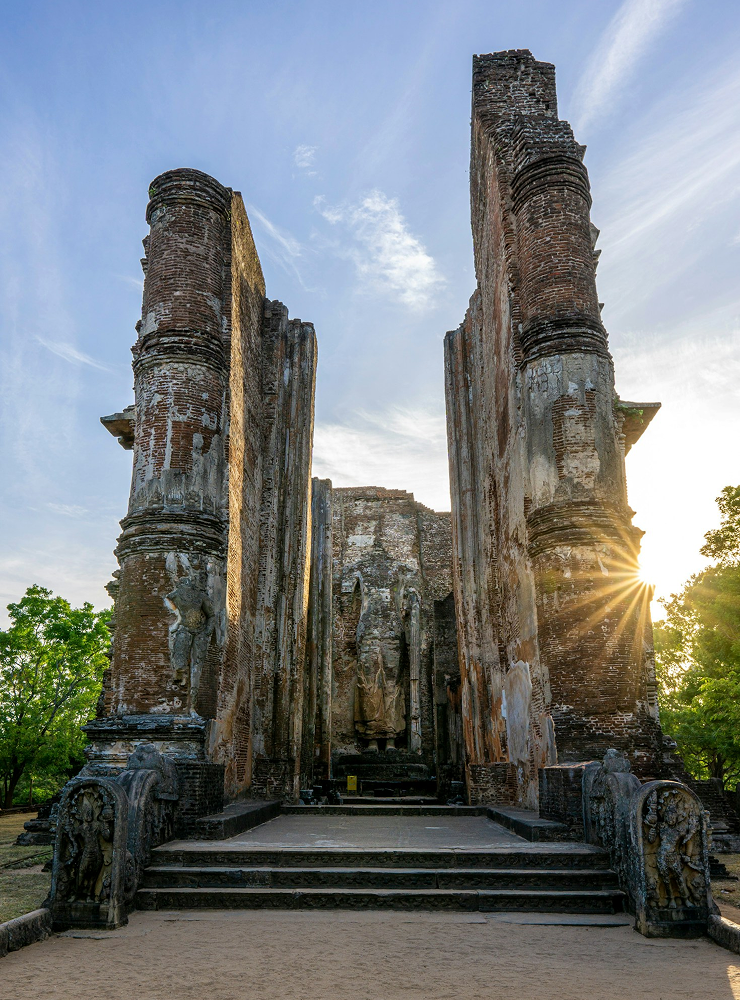
Explore ancient cities and kingdoms dating back to the 5th century BC
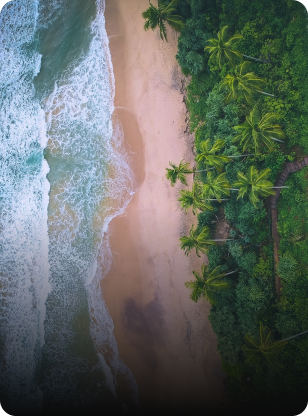
Discover Pristine Beaches
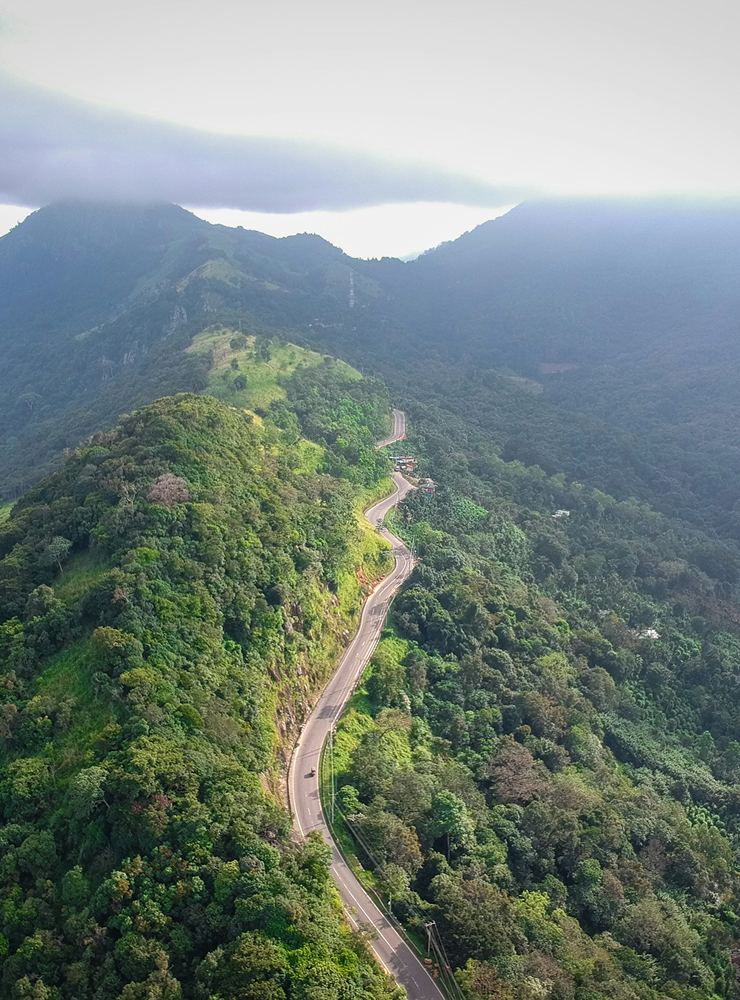
Discover the Majestic Mountain Ranges of Sri Lanka
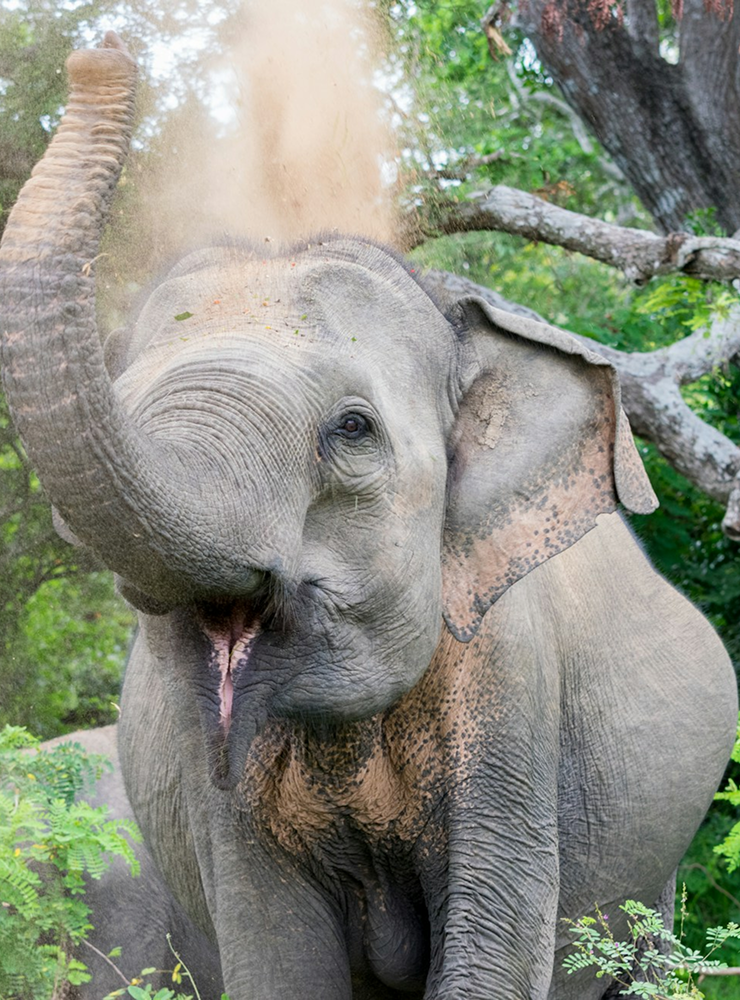
Witness incredible diversity of animal life
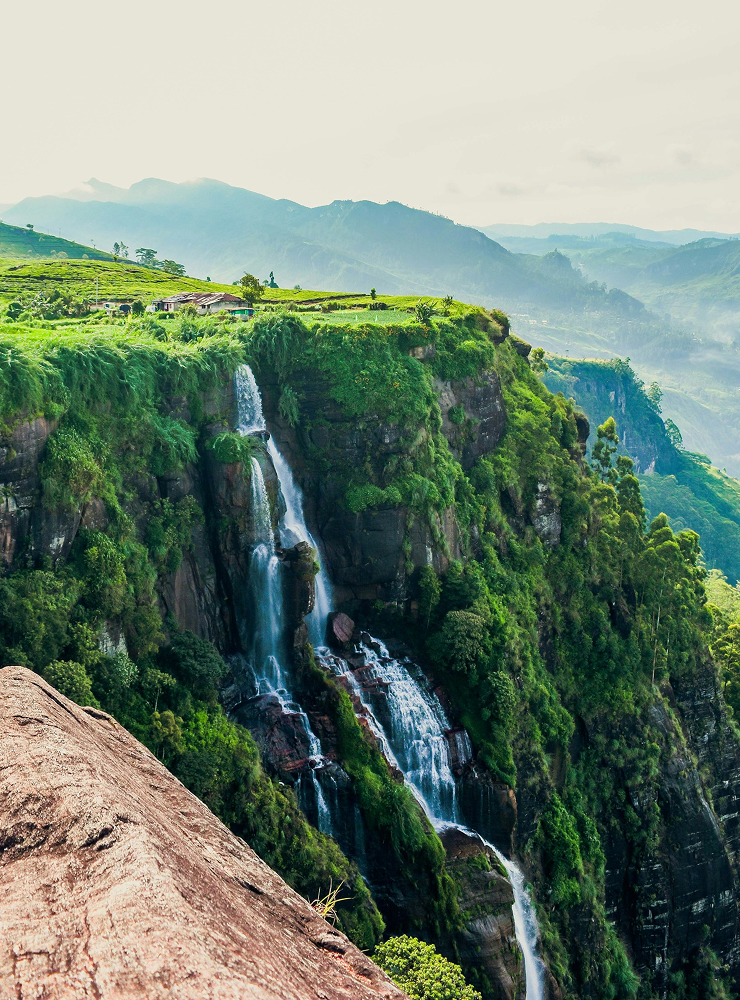
Discover Sri Lanka: The Nation of Stunning Waterfalls
(0 reviews)
From$2,400.00
(0 reviews)
From$3,100.00
(0 reviews)
$5,040.00From$4,030.00
(0 reviews)
$3,875.00From$3,100.00
(0 reviews)
$3,260.00From$2,608.00
(0 reviews)
$2,750.00From$2,200.00
(0 reviews)
$3,000.00From$2,400.00

We are an Australia-based travel agency that specializes in crafting bespoke Sri Lanka Holiday packages from Australia. We bring your dream Sri Lanka holiday to life with handcrafted, hassle-free travel packages designed exclusively for Australian travellers.
Copyright © 2025 HeavenlyLanka. All Rights Reserved.
WhatsApp us